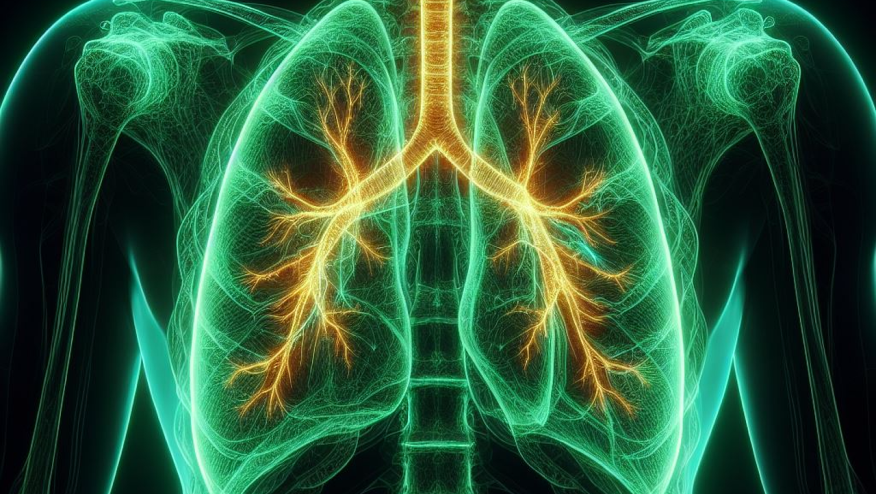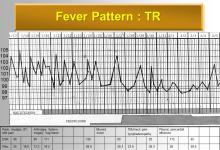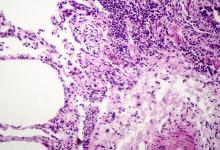Lung Involvement in Pre-RA Save

When I see patients with rheumatoid arthritis (RA)-associated interstitial lung disease (ILD), I’m often asked: “Are the lungs and joints really connected?” The answer is yes, and the connection extends further back than some may realize. While RA is defined by inflammation of the joints, extra-articular complications of the lung are well recognized. ILD has often been viewed as a complication of longstanding RA, but it can also appear before joint disease in a subset of patients.
Pre-RA refers to a period of RA development during which RA-associated autoantibodies, including anti-cyclic citrullinated peptide (anti-CCP) or rheumatoid factor (RF), are detectable in the circulation years before joint inflammation develops. In our studies, we found a high prevalence of lung abnormalities (76%) on high-resolution imaging in individuals who had anti-CCP or RF but no joint inflammation. While airways disease was the most frequent lung abnormality we observed, it often involved the very distal airways, characterized by air trapping. Because the distal airways lie adjacent to the alveoli, this site of inflammation may directly impact the risk of parenchymal lung damage and ILD. These findings, along with others, support the ‘Mucosal Origins’ hypothesis, which proposes that inflammation and autoimmunity in RA begin at mucosal sites, such as the lung. I think that understanding the lung’s different roles in pre-RA will uncover key insights into how RA develops.
Cases of ILD preceding RA have been reported for decades. Large cohort studies confirm that up to 30% of RA-ILD is diagnosed before or concurrent with the clinical diagnosis of RA, with 10-17% of ILD in RA being diagnosed in the years before joint inflammation appears. A similar pattern is also seen in granulomatous polyangiitis (GPA), where a diagnosis of ILD precedes the diagnosis of GPA in more than 20% of patients. Beyond reshaping how we think about disease pathogenesis, these findings highlight a critical point for clinicians: ILD is not always the end of the story, but sometimes the first chapter in the development of systemic autoimmune disease.
When ILD develops before joint inflammation in RA, lung tissue can show prominent plasma cell infiltration and tertiary lymphoid structures, hallmarks of immune activation and antibody production in the lungs in pre-RA. Our group has found that anti-CCP positivity is increased in patients with idiopathic pulmonary fibrosis (IPF), a form of ILD that shares risk factors and clinical features with RA-ILD. Also, the population-based Multi-Ethnic Study of Atherosclerosis (MESA) study found a strong relationship between anti-CCP, RF, and subclinical ILD features on chest imaging. Together, these findings further support that the lung can act as an early site of autoimmunity in pre-RA, also linking ILD pathology with systemic autoimmunity in RA.
While it is established that inflammation and fibrosis can occur in the lung in pre-RA, is this the chicken or the egg? Anti-CCP, RF, and citrullinated proteins can be found in the lung in pre-RA, even in the absence of lung disease. Environmental exposures such as smoking and silica exposure can injure the lung, resulting in alveolar damage, which is one of the earliest steps in the development of ILD. So, does autoantibody generation drive lung injury and ILD? Does ILD itself create the conditions for autoantibody production? Or might these be independent yet parallel processes? Each of these scenarios is likely possible, underscoring the complex relationship between the lung and RA.
Lung involvement in pre-RA raises important questions. Should we be screening for ILD in people with preclinical autoimmunity? Should pulmonary findings influence how we think about preventive strategies for RA? Can we identify specific targets in the lung for early intervention and prevention of RA? Can we identify immune dysregulation in the lung that not only predicts who will develop RA, but also who will develop RA-ILD? My team and other groups are pursuing these pivotal questions, with the potential to redefine how we understand RA development and open new avenues for disease prevention.
References:
- Demoruelle MK, Weisman MH, Simonian P, et al. Brief Report: Airways Abnormalities and Rheumatoid Arthritis-Related Autoantibodies in Subjects without Arthritis: Early iInjury or Initiating Site of Autoimmunity? Arthritis Rheum. 2012 Jun;64(6):1756-61.
- Mohning MP, Amigues I, Demoruelle MK, et al. Duration of Rheumatoid Arthritis and the Risk of Developing Interstitial Lung Disease. ERJ Open Res. 2021 Feb 22;7(1):00633-2020.
- Fischer A, Solomon JJ, Du Bois RM, et al. Lung Disease with Anti-CCP Antibodies but Not Rheumatoid Arthritis or Connective Tissue Disease. Respir Med. 2012;106(7):1040–1047.
- Bernstein EJ, Barr RG, Austin JHM, et al. Rheumatoid Arthritis-Associated Autoantibodies and Subclinical Interstitial Lung Disease: The Multi-Ethnic Study of Atherosclerosis. Thorax. 2016;71(12):1082–1090.










If you are a health practitioner, you may Login/Register to comment.
Due to the nature of these comment forums, only health practitioners are allowed to comment at this time.